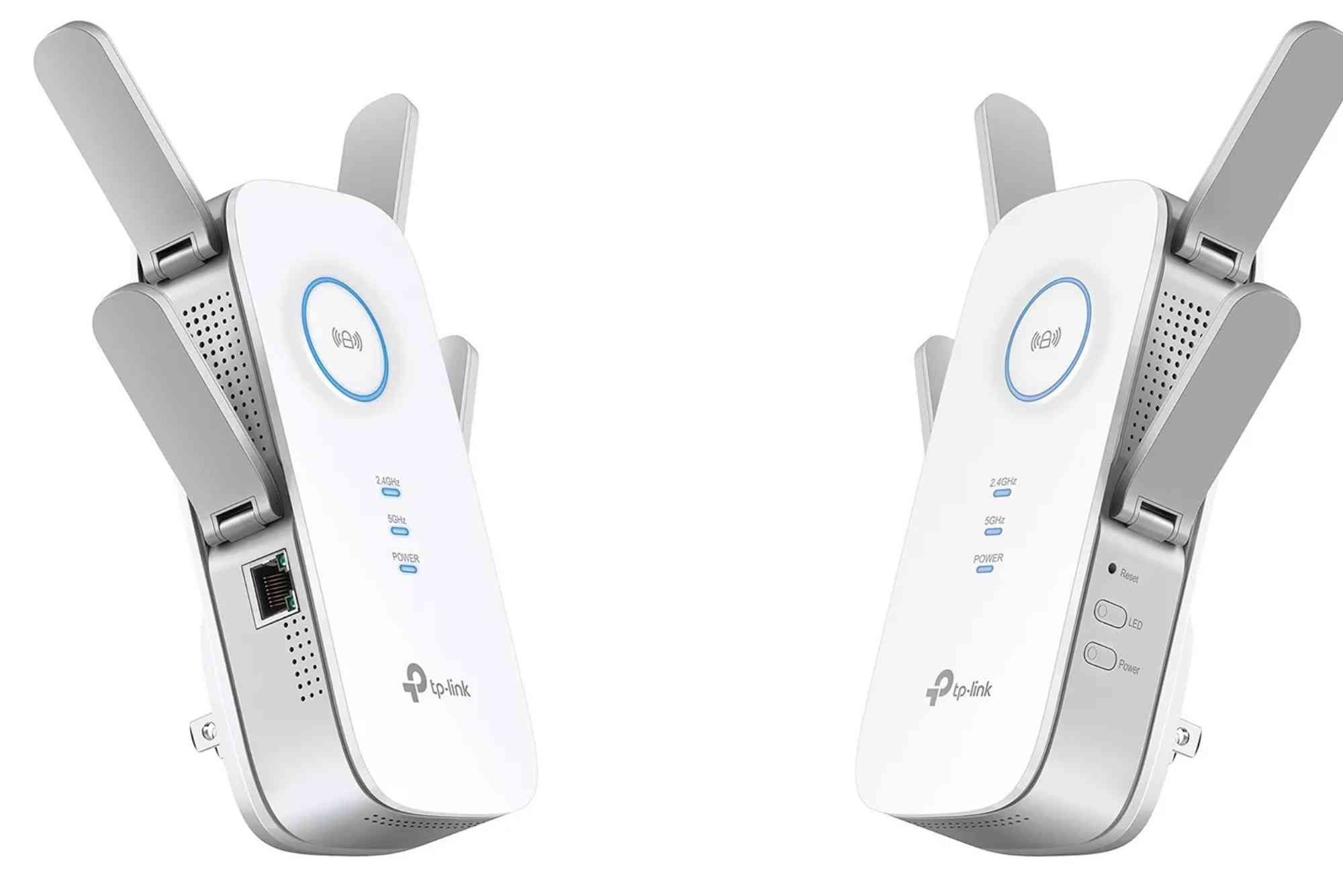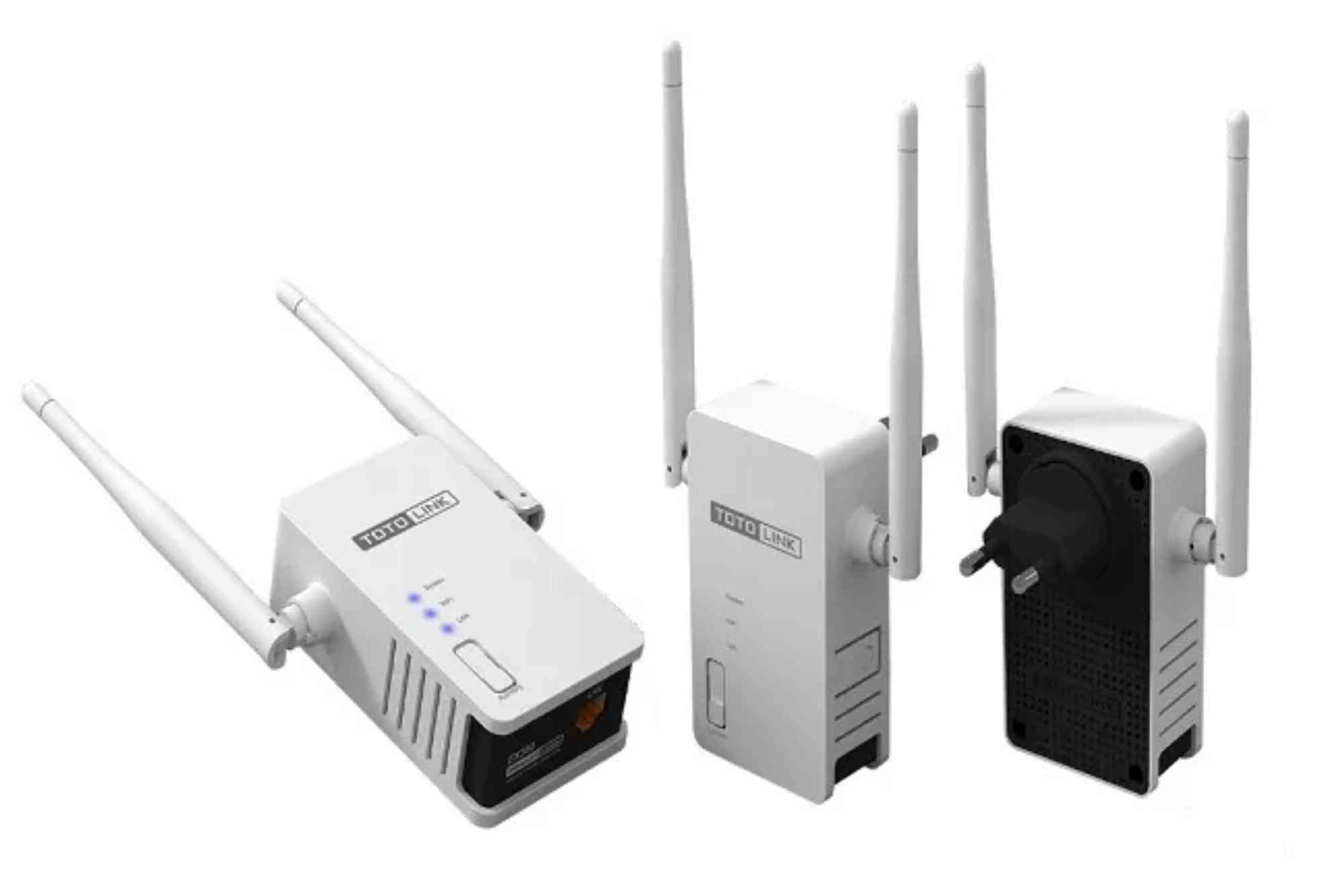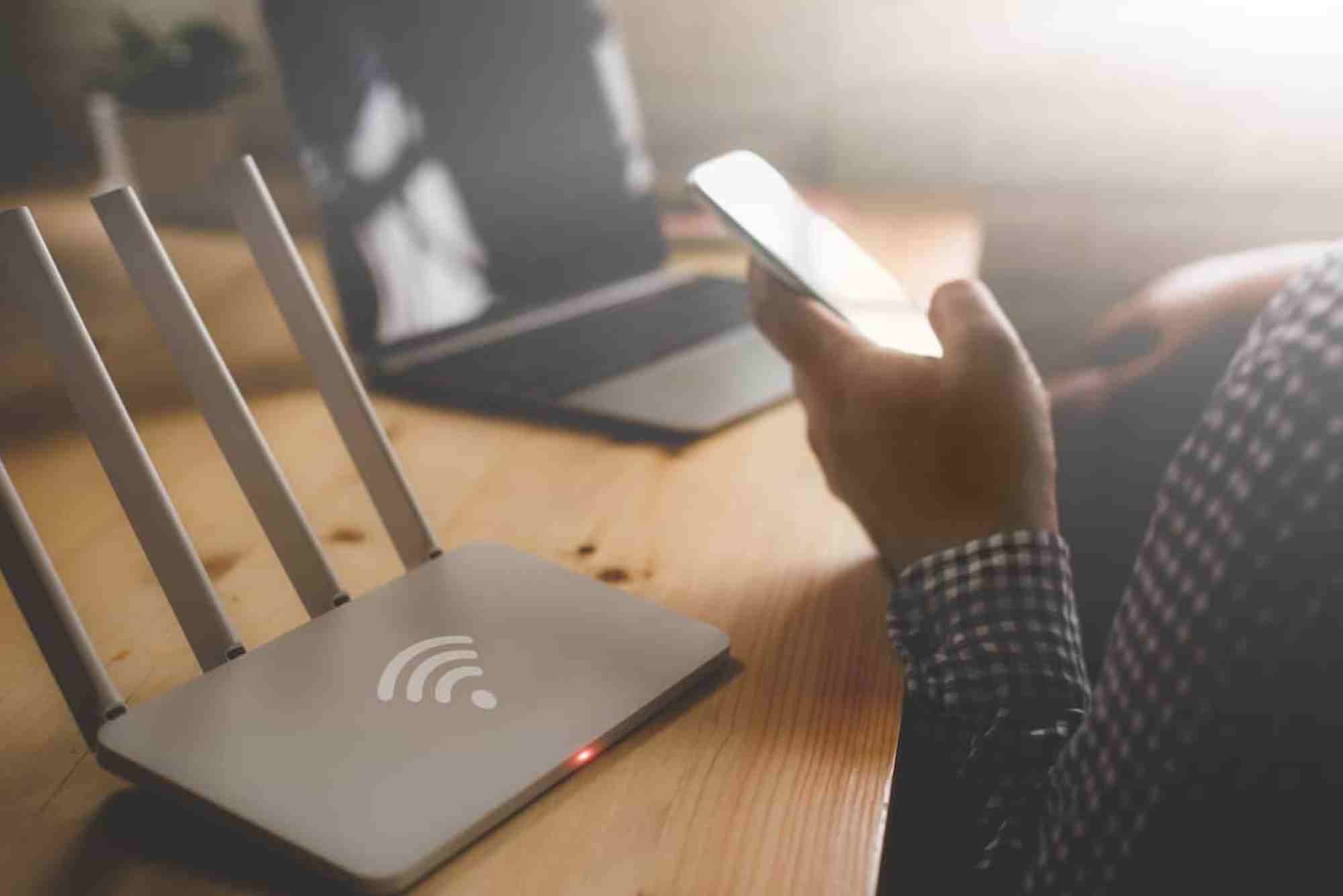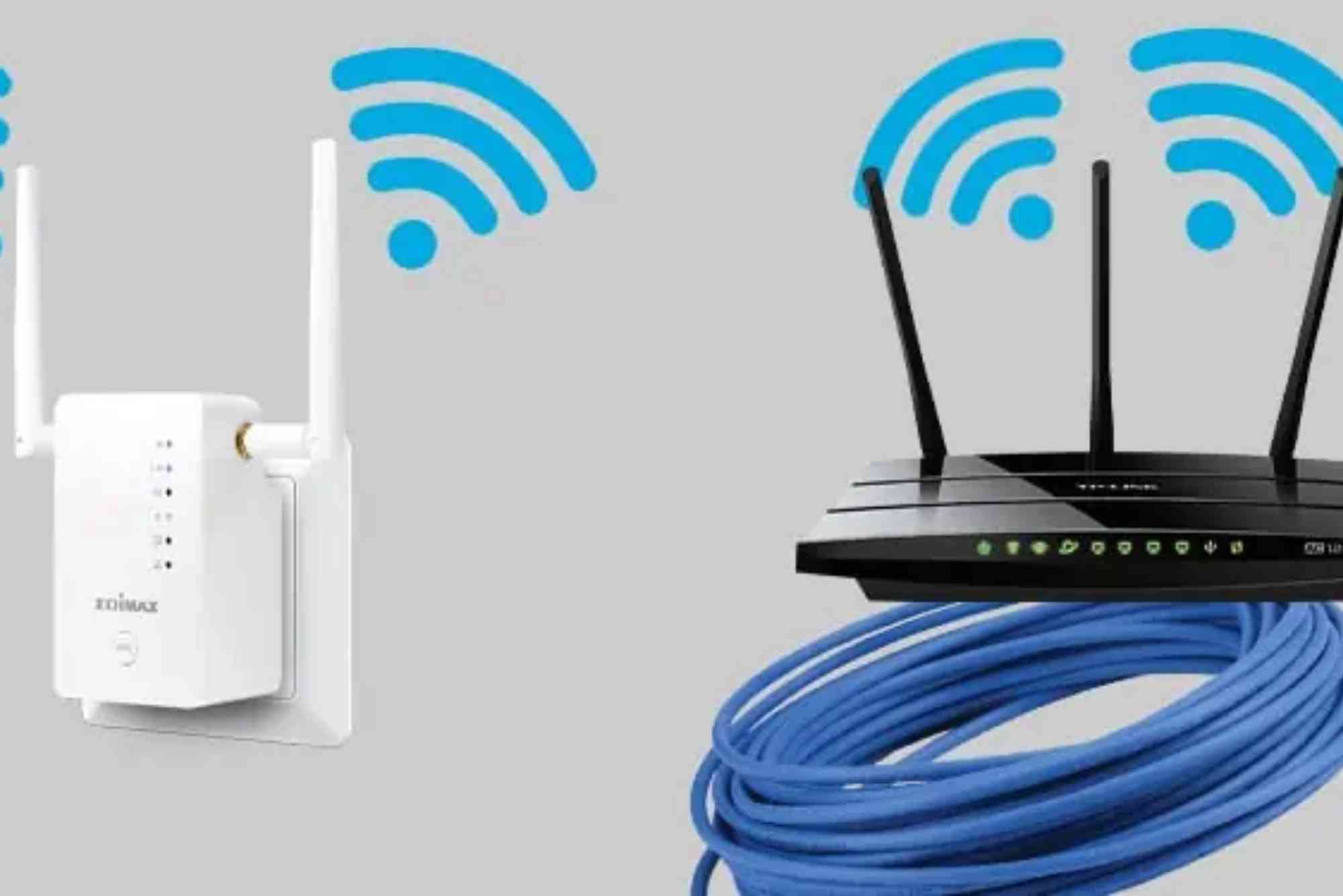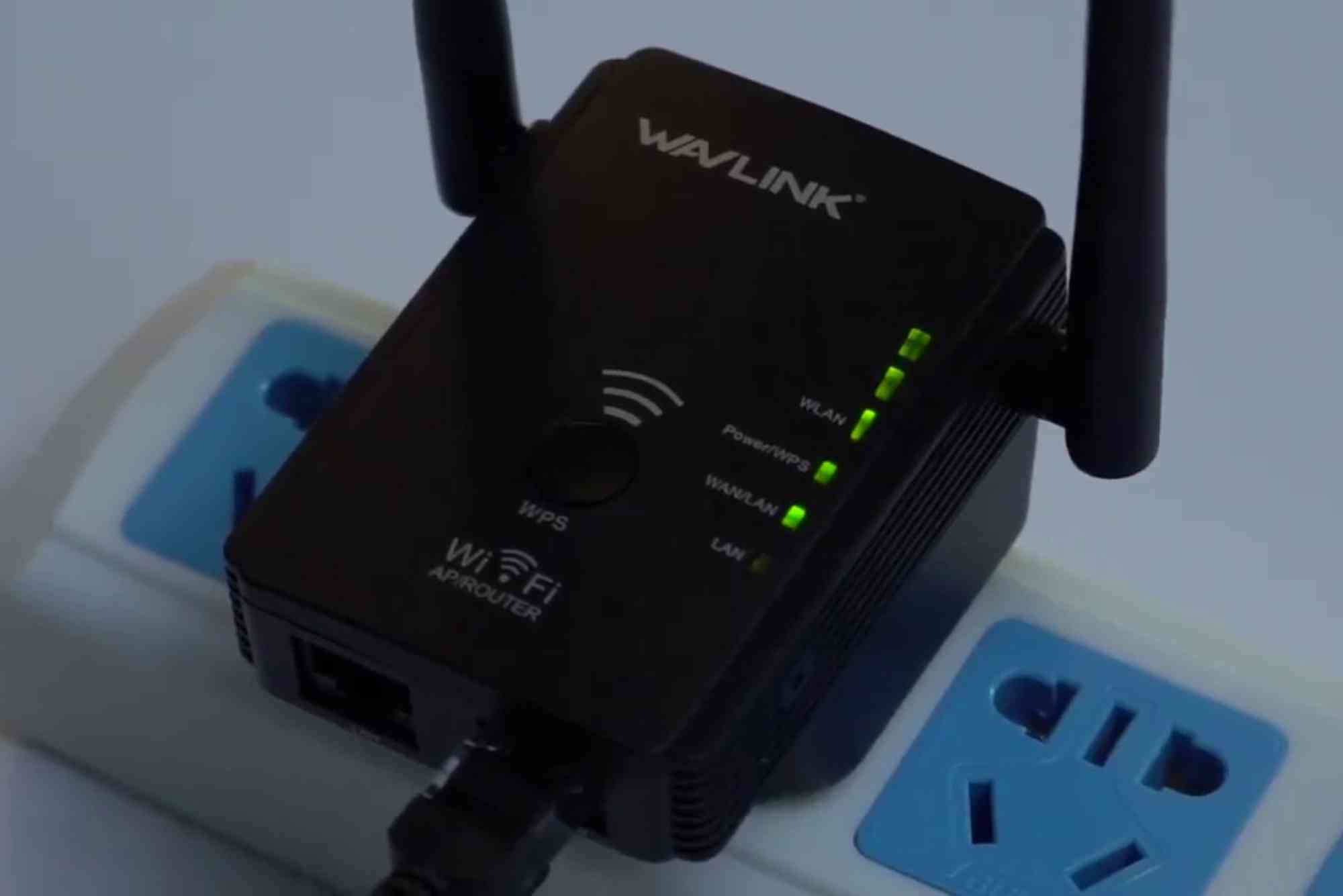How to Fix Router Overheating Issues and Improve Performance
If you’ve ever noticed your Wi-Fi slowing down or dropping unexpectedly, there’s a chance your router might be overheating. Just like computers or smartphones, routers generate heat during operation. When that heat isn’t managed properly, performance drops, connections lag, and in some cases, the router may shut down completely. Thankfully, applying a proper router overheating fix can restore stability and even extend the life of your device.
Why Routers Overheat in the First Place
Routers are constantly processing data, managing multiple connections, and broadcasting Wi-Fi signals. This activity generates heat, and when airflow is restricted, the device overheats.
Common reasons include:
-
Poor ventilation: Routers placed inside cabinets or against walls cannot release heat.
-
Dust accumulation: Dust blocks vents, reducing airflow.
-
Heavy usage: Streaming, gaming, and multiple devices increase heat production.
-
Old hardware: Aging routers often have inefficient cooling systems.
-
Direct sunlight: Routers placed near windows heat up faster.
Understanding these causes is the first step toward finding the right router overheating fix.
Signs Your Router Is Overheating
Knowing when your router is too hot can save you from bigger issues later. Watch for these signs:
Wi-Fi disconnects frequently
Internet speed slows down significantly
The router feels hot to the touch
The device restarts randomly
Unusual buzzing or whirring noises
If you notice two or more of these issues, it’s time to take action.
How to Fix Router Overheating
Applying a router overheating fix doesn’t always require expensive tools. With simple adjustments, you can bring your router back to peak performance.
Keep Your Router in a Cool, Open Space
Placement matters. Don’t hide your router inside a closed shelf or behind furniture. Instead, place it on an elevated surface with open air around it. Avoid windows where direct sunlight increases heat.
Clean the Router Regularly
Dust builds up in vents and around components. Use a can of compressed air to clean the router every few weeks. This keeps airflow steady and reduces unnecessary heat.
Add External Cooling Support
For routers that run hot by design, consider external cooling aids. Small USB-powered fans, laptop cooling pads, or even homemade ventilation setups can help lower temperatures.
Update Firmware
Manufacturers often release firmware updates that optimize performance and reduce strain on the router. Check your router’s settings or manufacturer’s website regularly.
Limit Heavy Usage
If many devices stream, download, or game simultaneously, the router works harder. Setting bandwidth limits, enabling Quality of Service (QoS), or upgrading to a dual-band router reduces workload and heat.
Improve Ventilation with Placement Tricks
Place your router vertically if possible. Some routers are designed to stand upright for better cooling. Also, avoid stacking devices like modems directly on top of the router.
Replace the Power Adapter
A faulty or mismatched power adapter may cause routers to overheat. Always use the manufacturer’s recommended adapter to prevent unnecessary heat generation.
Long-Term Solutions to Prevent Overheating
Quick fixes work temporarily, but preventing overheating in the long run requires bigger steps.
Upgrade to a Modern Router
Older routers often lack proper cooling mechanisms. Investing in a new router designed for efficiency reduces overheating problems significantly. If you’re unsure where to start, local providers like Dhanote Internet Services can guide you to reliable equipment and service upgrades.
Use Mesh Wi-Fi Systems
Instead of forcing one router to cover your entire home, mesh Wi-Fi spreads the load across multiple devices. This reduces stress on a single router, keeping heat under control.
Schedule Reboots
Regularly restarting your router clears memory and prevents overheating. Some modern routers allow automatic scheduled reboots during off-hours.
Consider Heat-Resistant Placement
If you live in a hot climate, consider installing your router in air-conditioned areas. Never place it in kitchens, attics, or areas where ambient temperatures are high.
How Overheating Impacts Router Performance
Heat affects electronic circuits directly. When temperatures rise, routers throttle performance to protect internal components. This leads to:
Reduced Wi-Fi range
Slower speeds
Dropped connections
Shortened device lifespan
Ignoring overheating doesn’t just slow your internet; it can force you into early hardware replacement. That’s why applying a router overheating fix immediately is crucial.
Practical Tips for Everyday Users
Not everyone wants to invest in new hardware right away. Here are simple daily practices that help maintain performance:
-
Turn off the router overnight if you don’t need Wi-Fi.
-
Place it at least 5 inches above ground level for airflow.
-
Avoid stacking books or electronics around it.
-
Use surge protectors to keep voltage stable.
-
Disconnect unused devices from Wi-Fi.
Keep Your Router Cool, Keep Your Internet Fast
A hot router isn’t just uncomfortable to touch — it’s a warning sign that your internet performance may soon collapse. By applying the right router overheating fix, you can maintain strong connectivity, protect your hardware, and enjoy smoother browsing, streaming, and gaming.
If you’re struggling with constant router issues, it may be time to consider better service or upgraded equipment. Providers such as Dhanote Internet Services can help you find the right balance between reliable internet and hardware built to last.
FAQs
Why does my router get so hot?
Routers get hot because of constant data processing and lack of airflow. Poor placement and dust make it worse.
Can an overheating router stop working?
Yes. Excess heat can damage internal chips, causing shutdowns or permanent failure.
How can I cool my router quickly?
Turn it off for 10–15 minutes, place it in a cool space, and clean vents to restore airflow.
Do all routers overheat?
Not all, but older and budget models are more prone. High-performance routers often include better cooling designs.
Is it safe to use a fan with a router?
Yes, external fans or cooling pads are safe and effective for managing heat.
Should I replace my router if it overheats often?
If overheating persists despite cleaning and placement fixes, upgrading to a modern router is the best solution.

